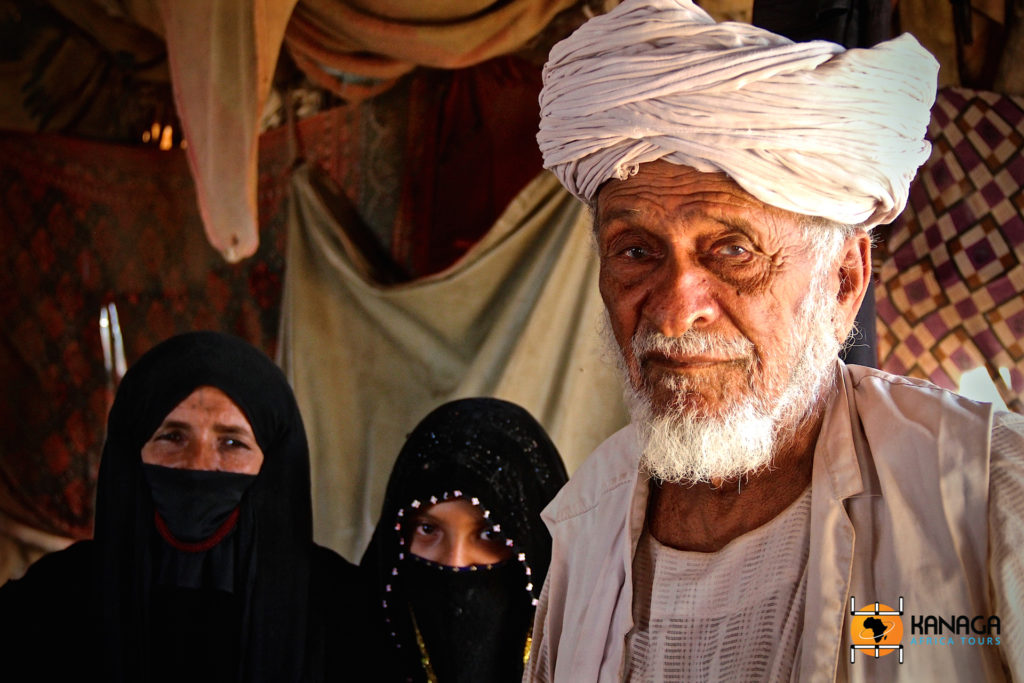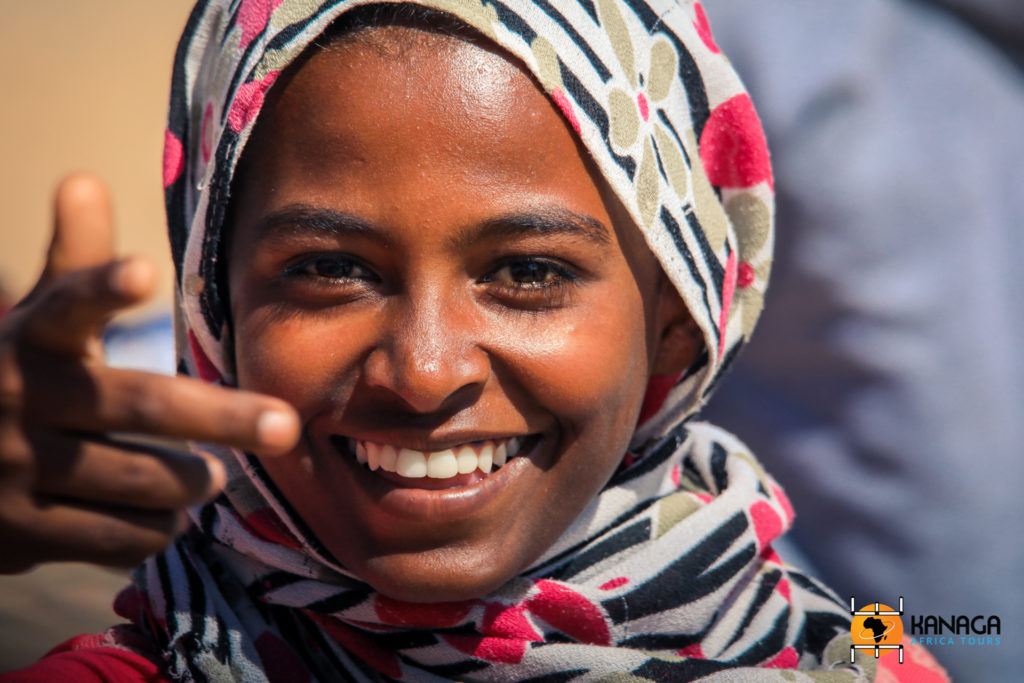© L.F. Paoluzzi
A small mosaic of cultures and traditions, Eritrea may seem surprising for the variety of peoples it welcomes in a relatively contained geography.
The highlands of ‘Italian’ Abyssinia are historically the stronghold of the Tigrinya people, who over the centuries took refuge in the hills to preserve their Coptic rites from the advance of Islam. As one descends into the valley, as the landscape morphology changes, so do the traditions and peoples.
Leaving the fertile lowlands behind and the rural savannahs dotted with tukuls, a treasure trove of a colourful pastoral culture, of Tigré and Bilen people, mainly Muslim shepherds and Coptic farmers, one enters the coastal region, for thousands of years the scene of trade routes and profound Arab-Ottoman influences.
Just before entering the maritime city of Massawa, one comes across the characteristic Rashaida camps. This minority was the last to migrate to Eritrea in the 19th century from the Arabian Peninsula and today can be considered the only entirely nomadic, Arabic-speaking Eritrean culture. Between their dark tents of camel hair (zeribe) and colourful carpets, the Rashaida, ancient sea pirates and desert raiders, lead an essential life, moving with their herds following the cyclical nature of the pastures. Extremely traditionalist, they allow marriages only within the same clan and their shy Semitic identity imposes strict observances, including the full veil for women, a black and red burqa, embellished with silver threads, beads and refined bands of fabric with vivid geometric decorations. Being able to be invited under their tents to enjoy a traditional tea or a bowl of dromedary or goat’s milk is a unique sharing experience. The women’s dance is magical and bewitching, as is the make-up with which they accentuate the cut of their dark eyes, while the men in light-coloured jellaba hold their sabres.
The Rashaida share the coastal region with the descendants of the Sudanese Beja, the legendary guardians of the Red Sea, with the semi-nomadic Saho shepherds, with the Jiberti (Islamised Tigrinya) and above all with the proud Afar, the majority group of Camitic origin, who inhabit the territory between coastal Eritrea and Danakil.
They were ruthless warriors who withstood centuries of enemy incursions with swords and sabres, defending their territories where they lived from sheep farming, fishing and held the historic monopoly of the dromedary caravans for the transport of Danakil salt. Skilled connoisseurs of the secrets of the sea, they did business with the Yemenis, selling them shark fins, renowned for their aphrodisiac power, while the women still extract a perfumed resin (liho) from shells. Evidence of their nomadic origins can still be seen in the construction techniques used to build their burras (camps), in wooden huts and mats that are easy to dismantle and transport. While the women appear discreet and elegant with their veils and shawls framing their beautiful faces marked by tribal scarification, the men still wear a curved jile knife hanging from their belts, looking threatening. Don’t worry, the Afar today are very hospitable and respectful, but they also demand to be treated with respect. If this happens, they will most probably be grateful to you by offering you a distillate of dum palm, a “traditional” departure from Muslim rules.
But the oldest people in Eritrea are undoubtedly the Cunama, in the remote south-western region on the border with Sudan. Oral history says they are direct Nilotic descendants of the ancient Kushiti kingdoms of Nubia, who migrated to these lands around the 8th century. Here, a mountain with a curious shape, like a mystical monolith, rises in Tesseney, and it is an ancestral belief that it is the home of Annah, the monotheistic god on whom the Cumana focus their animist spirituality, which has subsequently been contaminated by Christian or Muslim liturgy. Their particular tribal society, divided into clans, is still regulated according to age hierarchies, with the elders being the symbol of wisdom, justice and authority. The symbolic shapes of the roofs of their tukul are interesting, as they recall the totems of each of the four clans (elephant, buffalo, moon, rhinoceros). A farming population, they speak the Baza language, live in sedentary villages and their religious ceremonies are marked by the cyclical nature of the rains and the harvest, with propitiatory rites and sacrifices, accompanied by extremely evocative songs and dances (kubulà). The coloured fabrics and women’s hairstyles are particularly refined, enriched with coloured beads, arranged in two large braids on the forehead for married women and in a series of thin braids for younger women.







